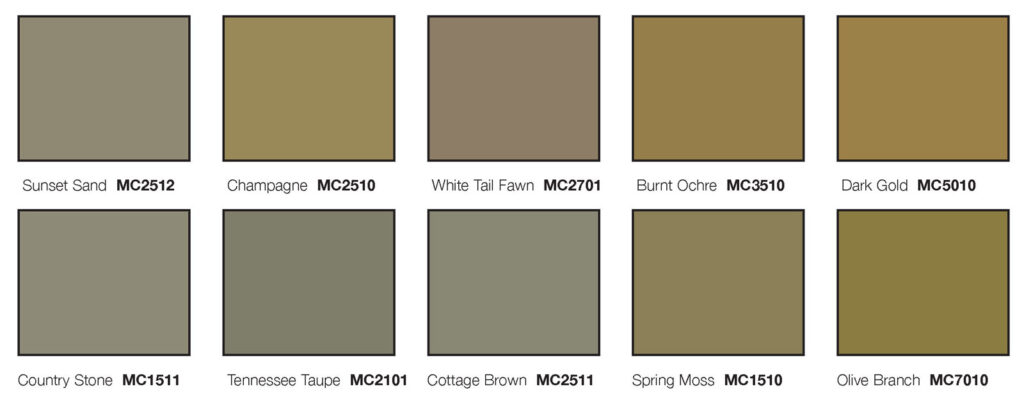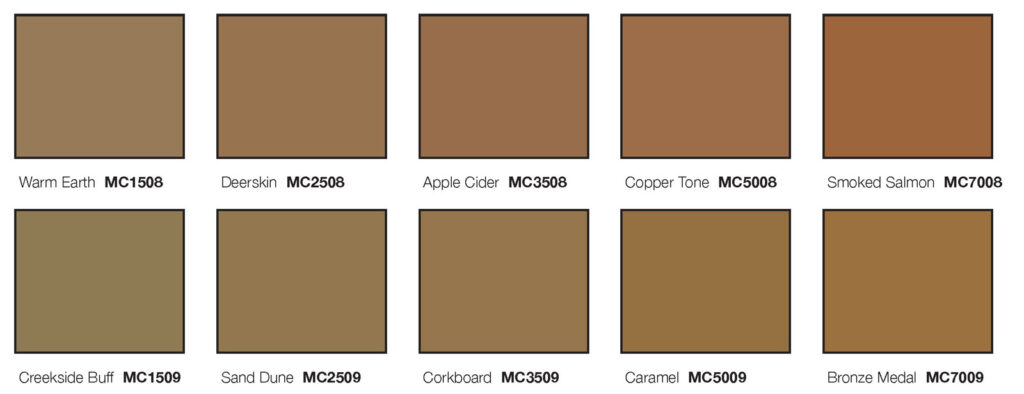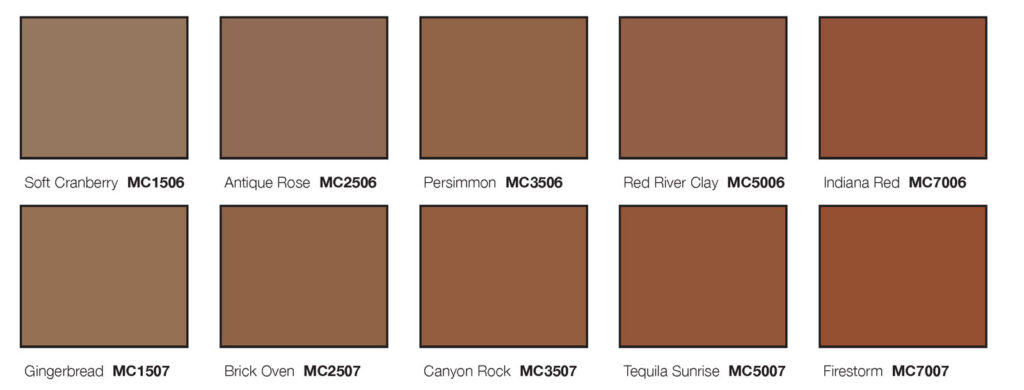You’ve heard of the term epoxy flooring before. However, we use a product called polyaspartic. Polyaspartic is more flexible, more durable, and more resistant to chipping and cracking. Even with their differences, both polyaspartic and epoxy garage flooring require routine maintenance to preserve its durability, aesthetics, and safety features. Keep your floors in top condition with these essential steps.
Cleaning
Proper cleaning habits and routines are crucial for maintaining your polyaspartic floors. Follow these cleaning guidelines to maximize the lifespan and performance of your polyaspartic flooring and keep it looking as pristine as the day it was professionally installed.
Sweeping Best Practices
Polyaspartic concrete floors as well as epoxy concrete floors are made to be durable, but letting dirt and grime sit on them for prolonged periods is an easy way to get preventable scratches on your floor.
- Sweeping Frequency: We recommend sweeping once a week for lower-traffic areas like residential garages. Increase to twice a week for higher-traffic areas that collect more grime to keep your flooring in good shape.
- Sweeping Tools: A soft dust mop is our go-to recommendation for a hassle-free clean floor. Don’t have a dust mop? Make sure your broom of choice has soft bristles to avoid scratching the surface while cleaning.
Chemical Spills
If your spill is a chemical or common car solution like engine oil, make sure to wipe this up with a paper towel as soon as possible. Polyaspartic is durable, but chemicals can stain and damage the finish of your flooring if left in contact for too long.
Once the spill is wiped up, the next step is to neutralize the chemicals to mitigate any damage. There are spill containment kits that you can buy from the store, or you can make your own. A common DIY neutralizer is a combination of baking soda. Create a paste with baking soda and water to use on the oil stain and let sit for a short time before wiping it away.
It is important to clean the spill spot thoroughly with a mop and warm water to wash away the neutralizing chemicals so they don’t damage your polyaspartic floor coating.
Other Milder Liquid Spills
Cleaning up liquid spills is incredibly easy with polyaspartic. Thanks to its natural water resistance, you never have to cry over spilled milk again.
For your next mild liquid spill, wipe it up as you normally would with a paper towel or even a wet/dry shop vacuum if you have one. Then mop with warm water as usual. The goal is to maintain the finish of your polyaspartic floors by using pH-neutral cleaners and non-abrasive tools.
Deep Cleaning
A monthly deep cleaning is great for maintaining the beauty of your flooring. To do this, move everything off the floor to reach any hidden parts that might not get much cleaning attention throughout the rest of the month. Then sweep like normal and grab your mop.
Unlike previous cleans, a monthly deep clean is the ideal time to use a nonabrasive cleaning solution. Here are a few cleaner options to use on your polyaspartic floor:
- Buy a store-bought option and dilute it in a bucket of water. Polyaspartic cleaners should have the recommended dilution ratio included on the bottle.
- Diluted ammonia is a great homemade cleaner. Add 2-3 ounces of ammonia to a gallon of hot water to create an effective solution.
- Diluted Windex (1 part Windex, 3 parts water) does a great job of cleaning the floors without any residue. Even better, this product is probably already in your home!
- Dish soap diluted in water is also an easy and effective cleaning option. We recommend sticking with milder dish soap, but diluting Dawn dish soap and using that as a spot cleaner can be more effective.
Once you have picked your cleaner of choice, mop your floor using a microfiber cloth and then rinse with clean water. Let your floor air try or use a dry microfiber cloth to speed up the process.
Cleaners to Avoid
Most importantly, you must avoid using any cleaners with vinegar or citric acid on your floors. Both of these are highly acidic and will strip the coating of your polyaspartic. If you spill either of these liquids on your floor, follow our recommendations for cleaning chemical spills.
Seasonal Maintenance Routines
All 4 seasons present unique challenges for polyaspartic and epoxy floor maintenance. Adapt your care routine for each season to keep your polyaspartic in tip-top shape.
Winter
Winter is one of the harshest months of the year, which means you’re likely to come into contact with harsher chemicals. If you find yourself with ice on your floors, don’t use typical rock salt. Instead, opt for gentile de-icing agents like calcium chloride or magnesium chloride-based de-icing products.
Be careful using harmful de-icing products on your driveway and sidewalks too. It is easy to track in rock salt and other common corrosive winter de-icing products onto your floors. Consider adding protective mats to entry points of your polyaspartic garage flooring to minimize the amount of chemicals being tracked in by foot. The winter months often call for a more rigorous cleaning schedule to make sure the harsh winter chemicals do not sit on the polyaspartic for too long.
Spring
As the saying goes, “April showers bring May flowers”. The spring tends to be a milder season with the worst typically being a bit of rainfall. Continue to care for your concrete as normal throughout this month to keep your floor clean of dust and pollen.
Summer
Just like how the sun can damage your skin, the sun’s UV rays cause unappealing consequences to your floor. Over time, sunlight exposure can cause the polyaspartic to fade, discolor, and deteriorate. During particularly sunny months with high UV ratings, try to limit the amount of sun shining on your polyaspartic floors. Try to keep your garage closed during the day if you have garage polyaspartic floors or close any curtains if your polyaspartic is indoors, such as in a basement.
Fall
Fallen leaves, while beautiful, add another layer of grime you’ll need to clean up on your floors. Vehicles and shoes can track in leaves and other tree debris which will need to be sweeped. You may need to increase your sweeping frequency during the fall months if you find leaves keep making their way onto your polyaspartic-coated floors.
Regular Inspections
Scheduling semi-annual inspections with a polyaspartic and epoxy flooring contractor ensures your flooring lasts a long time. It is a good idea to keep an eye out for any concerns or damage throughout the rest of the year and consult polyaspartic and epoxy flooring companies to manage any damage before it worsens. Stay proactive about your flooring maintenance to avoid costly repairs later down the road.
Schedule Your Next Inspection
Book your free concrete coating flooring consultation with Eco Concrete today! Our experts will help you tackle common issues like maintenance woes, unexpected repair costs, and safety concerns, ensuring your floor stays flawless year-round. Don’t let minor problems turn into major headaches – secure your home’s value and beauty with a professional touch. Choose your appointment time today to get started!















